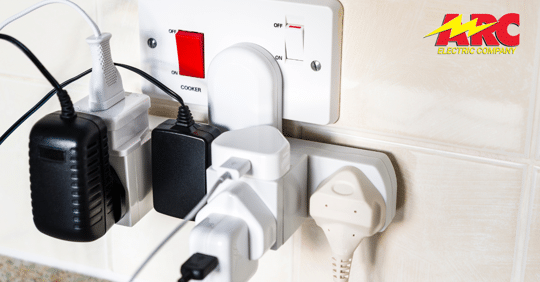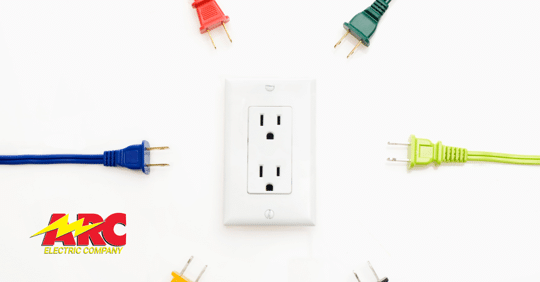As a homeowner, you invest a significant amount of time and money into creating a…

Fun Facts About Electricity Just in Time For Back to School!
Fun Facts:
- Electricity travels at the speed of light. That’s more than 186,000 miles per second!
- Two positive charges repel each other, as do two negative charges. Opposite charges on the other hand attract each other.
- When an electric charge builds upon the surface of an object it creates static electricity. A spark of static electricity can measure up to 3,000 volts.
- Life forms that produce electricity are electric fish species, certain types of rays, eels, and catfish which have special organs that emit electrical discharges. They usually use electrical discharges to paralyze their prey, defend themselves, or locate objects.
- Electric eels can produce strong electric shocks of around 500 volts for both self-defense and hunting.
- Electricity plays a role in the way your heartbeats. Muscle cells in the heart are contracted by electricity going through the heart. Electrocardiogram (ECG) machines used in hospitals measure the electricity going through someone’s heart.
- American Benjamin Franklin carried out extensive electricity research in the 18th century, inventing the lightning rod amongst his many discoveries. Lightning rods protect buildings in the event of lightning by conducting lightning strikes through a grounded wire.
- One single lightning bolt can light up 100 powerful lamps for an entire day, or make lots and lots of toast, in fact, a couple of thousand pieces of toast.
- A lightning bolt can get really, really hot and reach temperatures of 30,000 °C (54,000 °F).
- Every second between the time a lightning bolt strikes the ground and the time we hear the thunder corresponds to 300 meters. So, if we count 4 seconds, the lightning struck 1.2 kilometers away.
- Solar storms happen when the Sun emits huge bursts of energy in the form of solar flares and coronal mass ejections. Solar storms can also disrupt satellites and various forms of electronic communications.



